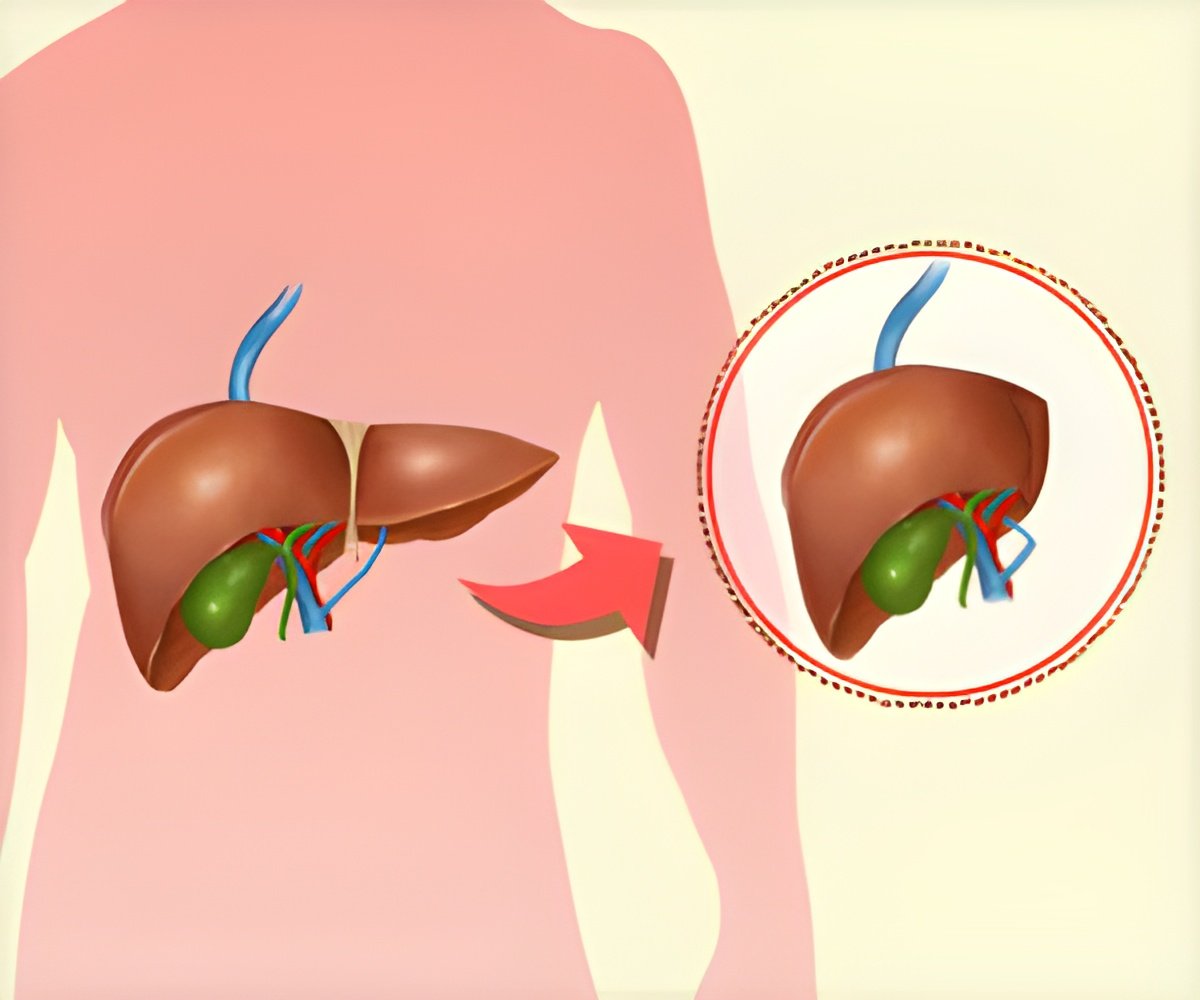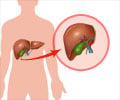Advancements in critical care make it possible for even the sickest children to successfully undergo liver transplantation.

‘Children who are sick enough to require mechanical ventilation or dialysis before transplantation achieve the same survival benefit as children who are stable prior to the surgical procedure.’





Advancements in critical care make it possible for even the sickest
children to successfully undergo liver transplantation. According to a
new study published online as an "article in press" in the Journal of the American College of Surgeons
(JACS), children who are sick enough to require mechanical ventilation
or dialysis before transplantation achieve the same survival benefit as
children who are stable prior to the surgical procedure. The study will
appear in a print edition of the Journal this spring.In the present study, surgeons from Texas Children's Hospital and
Baylor College of Medicine, Houston, found that pediatric critical care
also has led to steady improvements in survival after liver
transplantation regardless of the severity of illness of a child."Our study suggests that successful outcomes are now possible in the most critically ill patients with liver failure. Every effort should be made to transplant more children and sicker children," said John A. Goss, professor of surgery, Michael E. DeBakey Department of Surgery and chief of the division of abdominal transplantation at Baylor.
The study is a nationwide evaluation of all children under the age of 18 years who had liver transplantation between 1987 and 2015. Although transplantations were performed in the 1960s, the study began gathering data from 1987 when the United Network for Organ Sharing (UNOS) first established measures for evaluating transplantation outcomes.
The study divided data into two segments to compare outcomes of patients treated before and after 2002, when the Pediatric End-Stage Liver Disease system (PELD) was instituted. PELD is a method of scoring severity of liver disease on the basis of age, failure to grow, serum indicators of liver function, and an international normalized ratio. A similar set of data was gathered to reflect outcomes for children treated at Texas Children's Hospital.
Over the course of the study period, 13,723 children underwent liver transplantation across the country and were followed for an average of 6.6 years. A total of 4,248 of these children were in the ICU at the time of transplantation; these patients were followed for an average of 5.7 years. Between 2002 and 2015, 6,746 children had liver transplantation, 1,816 of whom were in the ICU at the time of the surgery.
Advertisement
At Texas Children's Hospital, 65 of the 354 patients who had liver transplantation between 2002 and 2015 were ill enough to require admission to the ICU at the time of the operation. Survival at one year was 92% for the entire group and 87% for ICU patients.
Advertisement
"As critical care has improved and medical centers can keep seriously ill children alive longer, the question has evolved from can we perform a transplantation to should we do a transplant operation. The answer is yes, we can go ahead and transplant an organ into a critically ill child and expect the same outcome we would see in a stable child. The one caveat is if a medical center does not have the resources to perform a high volume of transplantations, then it should transfer critically ill children to a center that does," Dr. Goss said.
Source-Eurekalert















